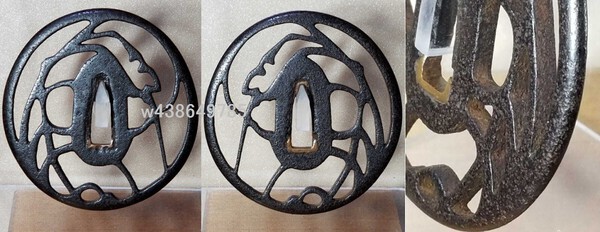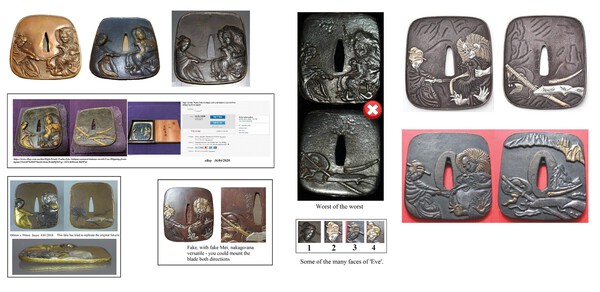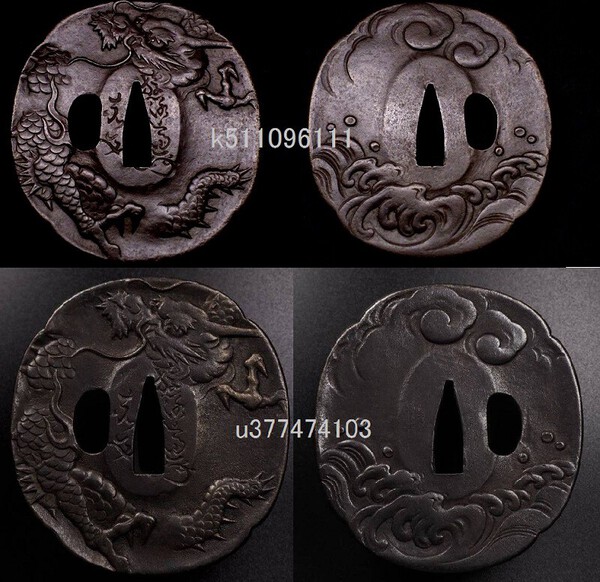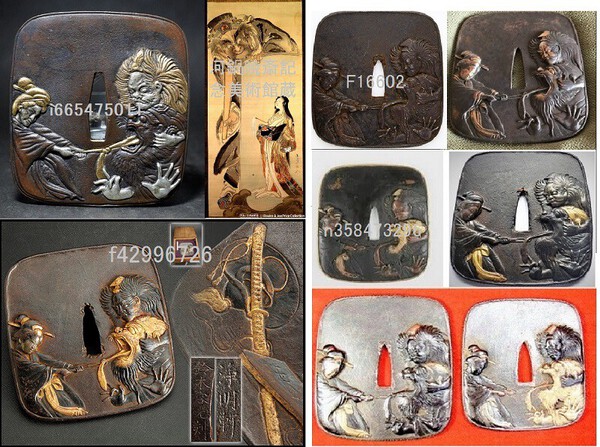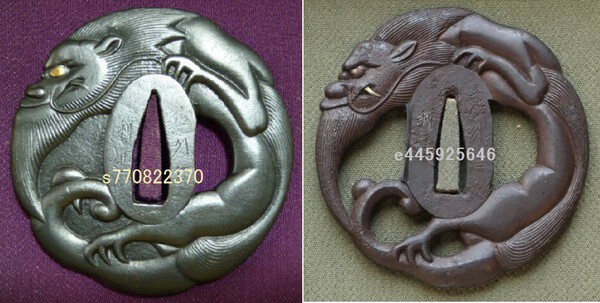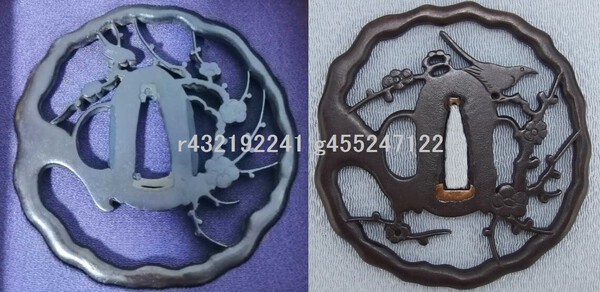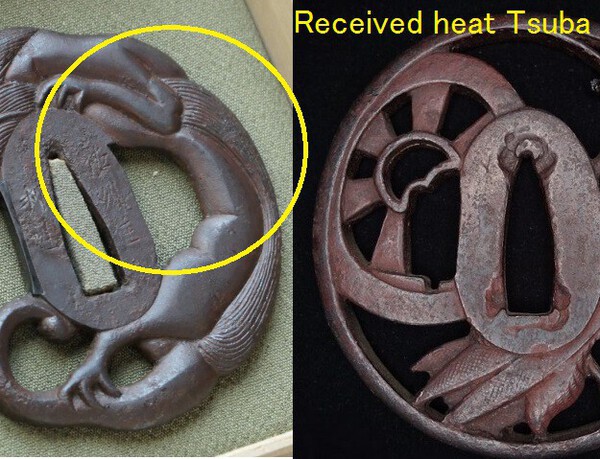Leaderboard
Popular Content
Showing content with the highest reputation on 08/24/2021 in all areas
-
At the moment locked down in Sydney, raining, so a good day to check out the sword cupboard, and to re-acquaint yourself with old (sword) friends . I pulled out a Spring 1939, KOA ISSHIN MANTETSU SAKU KORE. If you check out the HAMON, it is not your usual straight SUGUHA, but exhibits a "wavy" nature. You don't see that very often. Bruce has the MUNE stamp numbers. Being 1939, it is in early mounts, pierced tsuba, center latch etc, but is in an uncommon green painted saya, with fittings that are painted red that shows off nicely the gold highlights. Obviously this outfit shows the patina of war use, but that adds to its original intent as a weapon to be carried. So not bad for an 82 year old sword.7 points
-
5 points
-
4 points
-
Also interested in paying them for this one. Inside the leather, the ishizuki has come loose.3 points
-
Dale, An ever so slight silver (more like lead) lining. I've asked the seller to cancel the order as it hasn't shipped (its listed as authentic tsuba and mei) so we will see how this ends. If he doesn't it's theme is quite fitting of showing Enma-O (the King of Hell) who would pull out tongues with a pair of tongs for people telling lies having his own tongue ripped off. I'll make it a general metaphor as false Tosogu ripping Enma-O's tongue out to protect their own exposure and false tongues. A keen reminder to tread carefully and in reputable circles until one is learned and prepared for the mean Japanese Antiques streets.3 points
-
3 points
-
Hello fellow board members! I am writing this post to inform you all of the formation of the Indiana Token Kai. Our basic charter is as follows, and includes membership requirements. Indiana Token Kai Purpose Statement The Indiana Token Kai is an organization: For the appreciation, study, and preservation of antique Japanese swords and related items To provide knowledge sharing and educational opportunities for members and the general public To conduct monthly sword-appreciation meetings Membership requirements Members should: Show a general respect and appreciation of Nihonto Be at least 18 years of age Understand and follow Nihonto etiquette; see https://swordsofjapan.com/nihonto-library/nbthk-etiquette/ If you wish to join, please email me directly or message me here on the NMB. We are small but meet quarterly/to monthly (as time and situation warrants). We do mask up and follow proper procedures to ensure members' healthy and safety. We have a modest collection of texts and nihonto and conduct study and appreciation time during said meetings. Our first meeting was fantastic and I encourage others to come. We welcome people of all stripes and paths of life and are a friendly lot, so don't be shy! ~Chris, Co-Founder of ITK2 points
-
Shinsakuto daisho by Gendai swordsmith Iyo Matsuyama Ju Seiken - Dated July 1988 Katana and wakizashi in full koshirae, along with shirasaya and koshirae insert for saya, and matching brocade sword bags. (pattern pictured behind menuki photo) Kogatana with the wakizashi. Simple fuchi-kashira with mountain/shrine theme tsuba and kirin menuki. Polish on both blades is pristine. No damage and have never been used to cut. Both sword still have ubu-ba. Impressive swords in both size and weight - gunome midare with heavy sunagashi and kinsuji worked in the ha. "The real name of the Yasuken (Yasukuni) swordsmith is Gouda Toshiyuki, born in 1926, living in Heiwa-dori, Matsuyama, Ehime. He learned Soshu-den from the family of living national treasure swordsmiths Tsukiyama Teiichi and Takahashi Sadatsugu, and was introduced to the swordsmith Torio Hiromasa in 1939. In 1944, he began making swords at the Torio Gunto Forging Factory. In 1970, he was introduced to Sakai Shigemasa, who further refined his sword making skills. He is a member of the All Japan Swordsmith Association and has received many awards including the Special Prize and the Award for Effort." According to this resource, this smith has been papered by either the NBTHK or NTHK. https://www.japaneseswordindex.com/gendai.htm Please see attached photos of blade in hand, as well as the original photos from the seller in Japan, which include specs/dimensions. Additional specific photos available upon request. Please PM with specific questions. Looking to ship/sale within the continental United States. $7500 shipped/insured. A couple link examples of the same smith from other vendors: https://www.aoijapan.net/wakizashi-iyo-matsuyama-ju-seiken-hori-dosaku/ https://www.trocadero.com/stores/meijibijutsu/items/1215403/Katana-Koshirae-by-Iyo-Matsuyama-Ju-Seiken https://www.e-nihontou.com/html/upload/save_image/esg20101158049314589.jpg2 points
-
Hi Dan , sorry too disagree , but it looks like a drilled hole to me , you can even see the burr marks , IMHO i would say it is a Showa sword , we need more photos to be a 100%2 points
-
Thanks John. A little too unusual, me thinks! Turns out I already had KA 89, and it appears to have been recently re-fitted. Amazingly good job, whoever did it. It was sold on the same site too, as they used that long string of photos that are all one when you download the image. Here's the original. You can see there's no mon. The chuso is different, and the belt rings are different. Also, the original fitters had used the "89" as fittings numbers, which are gone on this re-fit:2 points
-
Sorry to say this Luke but IMO this is a fake, and a very bad one at that. It may be that the seller believed it was genuine but I can assure you it is not. I am sure there will be other similar comments in due course and hopefully it may provide some leverage for you to recoup your money. There are a number of sites that explain how to tell a fake Type 95 but just search on this site "fake Type 95" and you will find lots of info and, with respect, examples of much better fakes than your purchase and reasons why. Dont be put off collecting...adapt and overcome! Rob2 points
-
The mei was not carved with a chisel. The shape and finish of the nakago look strange. There was an appraiser with the same name “Okochi Tsunehira” in around 1925. He also made swords. You can see his mei on the linked page. Ref. - 以正宗伝大河内常平花押 大正乙丑二月九日(大正14年) Okouchi Tsunehira - 日本刀の通信販売 明倫産業株式会社 (nipponto.co.jp)2 points
-
Trust me, this is only the beginning! It is a fascinating subject and one which can all too easily become, if not an obsession, then at least a lifelong interest. I stumbled across my first Japanese sword when I was about fourteen, still have it and still have the interest. All the best.2 points
-
Dear All, The Japanese Armour Society is pleased to announce our next webinar presentation scheduled for Sunday, September 26, 2021 at 15H Paris Time. For this presentation, we have a special guest, Chris Glenn who will be presenting an overview of the Battle of Sekigahara, the largest and most important event in Japanese feudal history. This lecture will include specific examples of armour that was used at this great battle and there will be opportunity for Qs & As. Chris Glenn is a Nagoya based, Australian born radio DJ, TV presenter, speaker, narrator, MC, author and historian. Chris is also the Sekigahara Tourism Ambassador, the Nagoya Tourism and Cultural Exchange Ambassador, and the Omi Tourism Ambassador. And last but not least, Chris is a collector of samurai armour and weapons. Needless to say, this lecture is an event not to be missed! Please note that in an effort to publicize the initiatives of the Society, and to provide a sampling of our membership offerings to those outside of the Society who may be interested in our activities and are considering membership, we will be opening this webinar to the general public. However, please note the following requirements: In order to access the webinar, all attendees must have a Zoom account All attendees will be required to register with their real names and country of residence Once their registration has been approved, attendees will be given an access code to the webinar By registering for the webinar, all attendees agree to not make any recordings or screenshots of the presentations All content of the webinar remains the property of the Japanese Armor Society and/or copyright holders of the images contained within the presentations and cannot be reproduced without the expressed written consent of the JAS and/or the copyright holders Please note that the webinar is restricted to 100 persons only, and thus registration/participation will be allocated on a first-come, first-served basis, with JAS members having priority over non-members. When: Sep 26, 2021 03:00 PM Paris Topic: The Battle of Sekigahara Register in advance for this webinar: https://us02web.zoom.us/webinar/registe ... BBvQyd5OBw After registering, you will receive a confirmation email containing information about joining the webinar.1 point
-
Hello together, attached is a nakago with a long mei. Can someone translate it for me? The sword is slightly rusty and in a Gunto type 98 Koshirae. Although I can see the date Showa 19 (1944), I believe that the sword is not from WWII. Maybe younger... Masatsugu Saku ? Need really help :-) Many thanks in advance!1 point
-
The sword is by Fujino Masatsugu from Chichibu city in Saitama Prefecture. It was made at the request of Sakurai Saburō, on the ocassion of the 13th anniversary of the passing of his relative Sakurai Tomiharu, who was at one time a Lieutenant in the Japanese Imperial Army. Tomiharu was born in Sendai city on January 23rd, Meiji 19 (1886), and died at the age of 89 (1975) in Kawagoe city. This means the sword was made around 1988.1 point
-
G'day Guys, I have been putting together a database of Gassan Sadakatsu long blades that I have found on the net. So far I have documented 48 examples. Some interesting stats that have come out of this are: - 60% signed katana-mei vs 40% tachi-mei. Almost seems to be random. - Ayasugi is the most common style followed by masame and soshu in the ratio 4:2:1 - Kogarasu-maru examples are very rare. So far I have found only five, three of which are these Japan Iron Sand Steel Company examples. - I have found 6 examples made in 1933 to commemorate the birth of Crown Prince Akihito. Unlike the Japan Iron Sand Steel Company examples these are all identical shinogi zukuri, signed katana-mei and done in ayasugi. If anyone has an example in their possession I would love it if you could pm me with the details of your sword such as form, year, mei, nagasa other details etc. Cheers, Bryce1 point
-
Well spotted Rich. Next is to add more kanji to it, there are a few common ones not in there. And commonly used kanji...and provinces. I wanted to see it work first. Also, check out FAQ in the top bar. MUCH better than the old system. I'll be getting people to do articles to add there, and then we can refer newbies there when the same questions come up.1 point
-
1 point
-
That's a very good point, Bruno. I've been so focused on blades WITH stamps that I haven't spent any time considering blades without them being showato, simply made in prefectures not governed by the Seki guilds/associations. *sigh* This means I'm going to have to go through the Showa files looking at each smith to see if there are any showa-stamped blades from smiths outside the Seki domain. It is worth investigating as I've recently re-read an old statement made by one of the smith's that the Showa stamp was put on by the Army while the Seki stamp was from the Association. If I can find a significant number of non-Seki smiths with Showa stamps it would confirm the claim. But to your original point, I think you are right. Blades sold privately to individuals or shops wouldn't have gone through either the Seki Assoc. or Army inspection process. So lack of stamping is not a guarantee the blade is gendaito.1 point
-
1 point
-
George, Thank you very much good Sir. I will go through each of those pages and really take a good hard look at them googling whatever terms/words/names I dont recognize along the way. This board really is a great source of learning thanks to its members.1 point
-
Dear Yasaka san, I have found this post of yours and am very hopeful you will clarify if you suggest the shown pieces signed and attributed to Hosono Sozaemon Masamori are actually modern reproductions/fakes. i just happened to be the buyer of the F/K shown above and of another set attributed to the very same maker. Will greatly appreciate your honest opinion on both! Many thanks1 point
-
Hey Adam, sorry that they got you... One of the casting methods that they use to counterfeit these tsuba can get all the details down to the level of your fingerprints. The counterfeits can be made for just a few dollars.1 point
-
Late join, as I've been distracted for a bit. Yes, that video is a work of art itself. My introduction to tsuba was 1989 at the apartment of a collector. He set up a small film projector and we watched a reel of film about Yonemitsu making one of his Hayashi Matashichi inspired mon tsuba with extensive Higo Zogan. From the film quality and techniques, I would guess it to have been early 1960s. Forward about 50 years and your Katsuhira video sets up the West gate to quite a journey. It is a great companion and yet contrast to the Yonemitsu video. The two videos create quite the story arc.1 point
-
The large characters - Seishu Iwami (no) Kami Kunisuke 勢州石見守国助 Bottom right - Jidai Kanbun Bottom left - shoshin1 point
-
1 point
-
This one I want to keep. I need a good idea of what to offer the estate for it. Sorry this one isn't in great focus1 point
-
One here with a similar motif - Owari - https://www.Japan-onlineshop.com/antike-stuecke/56-tsuba-owari.html And similar https://www.jauce.com/auction/o1001309331 This one is listed as Akasaka https://www.jauce.com/auction/b557871486 I think there was a lot of overlap in designs from one school to the next.1 point
-
1 point
-
1 point
-
Thanks @SteveM! And another example of a Wakase Co. set of fittings! http://www.nipponto.co.jp/upload/img95/2903_26.jpg1 point
-
1 point
-
1 point
-
KANENORI, MIYAMOTO AKA: SUGUWARA KANENORI TEISHITSU GIGEI IN (Imperial Household Artisan) MEI: TEISHITSU GIGEIIN SUGUWARA KANENORI HACHI JU YON Ō SAKU DATE: TAISHO GAN NEN HACHI GATSU KICHI JITSU NAGASA: 75.565 cm (29.75″) OVERALL: 95.567 cm (37.625″) For more photos and information: https://yakiba.com/kanenori-miyamoto/1 point
-
May. The staple products. https://www.jauce.com/auction/t807319654 https://www.jauce.com/auction/t805493496 https://www.jauce.com/auction/x781031509 https://www.jauce.com/auction/m492510693 https://www.jauce.com/auction/547004652 https://www.jauce.com/auction/558488108 https://www.jauce.com/auction/h554640431 It is difficult to tell from the image, but the gold coloration is unnatural. Also, the fact that the back side is filled with resin is also artificial. However, the front side looks good at first glance, so you may be tempted to bid on it. https://www.jauce.com/auction/j728501552 I have seen Ishiguro schools with the same design but slightly different details in online auctions. However, all of them do not look authentic. This time, it came out clad in a label from a famous auction house. https://www.jauce.com/auction/x779638076 This is the new world of Natuo, finished with paint. If you read the year as "kanotou", it might be 2011 instead of 1831 or 1891. https://www.jauce.com/auction/j728402197 The price is fixed at 181,000JPY, but it is a cast product as you can see. In addition, the pipe hole is visible. https://www.jauce.com/auction/554507415 As stated in the product description, the paper does not match the actual item. This is an example of how paper in the Showa era was either bullshit or suspected to be counterfeit. https://www.jauce.com/auction/o441767475 These two are low-end mass-produced products that are often found. On search sites, you can find many tsuba with the same design. A thorough comparison and inspection should be done on all of them to see if they should be avoided. https://www.jauce.com/auction/l685966835 https://www.jauce.com/auction/p850130753 This month we have seen some tsuba titled Higo. This is what the seller claims to be Nishigaki School, but the certificate doesn't even say Higo. The inlaying skill that is characteristic of Higo school is not seen, and there are still round traces. https://www.jauce.com/auction/t809058488 If you lobby an author or editor to include them in a book, these may be called "Higo's masterpieces. https://www.jauce.com/auction/o476882597 https://www.jauce.com/auction/f5142888351 point
-
Would it please be possible please to revert this thread to the less obvious fakes? Not these crude imitations (eg the guilt brass monkey and wasp above) of tsuba-like objects but actually good-quality tsuba where a discerning eye notices something is amiss? Otherwise, you will keep flooding this thread with shocking examples but we as a forum shall not necessarily be learning, progressing, etc. Thank you.1 point
-
Yas - The Metropolitan Museum of Art already sold a large number of tsuba back in 2006. [Christies Auction of Japanese Art 28th March 2006 Sale 1638 ] I collected the images and information into book form so that they would not be entirely lost - My advice is don't donate to that Museum - they are only in it for the money and won't preserve your gifts. All these guards were gifted to the museum and are now in private hands around the world.1 point
-
Well there is a big bonus issue of fake tsuba going up for auction - you could save a lot of money by bulk purchase of junk! One helpful thing is we now have a reference for what not to buy in the future! https://www.jauce.com/auction/n494240434 https://www.jauce.com/auction/f498316558 https://www.jauce.com/auction/m470906707 https://www.jauce.com/auction/k5351556031 point
-
Dale. You have discovered a new clan. The Battle of Uji River is a popular story and is often used in the subject of sword fittings. However, the tsuba you posted clearly uses the same sketch or the same mold. You can see the superiority and inferiority of the finished product even by comparing the products handled by the pro shop. 宇治川先陣図鍔 https://blog.goo.ne.jp/tsuba_001/e/539b5021857b21549e591e169f6e6d571 point
-
Every design is always a replica. It's so copied that it's hard to tell which is the mother model anymore. https://page.auctions.yahoo.co.jp/jp/auction/u413370026 https://page.auctions.yahoo.co.jp/jp/auction/o448700788 https://page.auctions.yahoo.co.jp/jp/auction/t783434275 https://page.auctions.yahoo.co.jp/jp/auction/m458665200 https://page.auctions.yahoo.co.jp/jp/auction/x758450534 https://page.auctions.yahoo.co.jp/jp/auction/m460327057 https://page.auctions.yahoo.co.jp/jp/auction/w440444497 https://page.auctions.yahoo.co.jp/jp/auction/q429663081 The item description says it is made of iron. It is very well made and the design of "Tomi-no-matu (Pine tree in the distant view)" is attractive. But the texture is like a casting. https://page.auctions.yahoo.co.jp/jp/auction/w447426207 Even in the Edo period, cast tsuba was made in Echizen, Choshu and aizu-shoami. There are a number of examples of these mass productions, but there are also a few elaborate works. I speculated that w447426207 might be a fine piece of casting tsuba with a similar age.1 point
-
For Jan. The staple products. https://www.jauce.com/auction/b529723922 https://www.jauce.com/auction/g497710416 https://www.jauce.com/auction/c880933840 https://www.jauce.com/auction/s796105061 https://www.jauce.com/auction/b512647651 The builder has been more experienced. If he studied Akasaka more, it wouldn't figure out in the image. https://page.auctions.yahoo.co.jp/jp/auction/o447212864 Part of the seppadai didn't work out, when casting or pressing. https://page.auctions.yahoo.co.jp/jp/auction/c881154657 I don't know a metal worker who bends the "chikara-kane" that should support the "ne" from all sides and pushes it into the back of menuki. The authenticity of the certificate issued in Reiwa is suspected. https://page.auctions.yahoo.co.jp/jp/auction/s798912537 Bamboo tiger figure is a very popular subject, not only in yokoya school but also in nara school, hamano school and mito. I haven't seen it in kyo-kinko for some reason. Items made from the same mold were exhibited in different colors. https://page.auctions.yahoo.co.jp/jp/auction/t771546195 https://page.auctions.yahoo.co.jp/jp/auction/o444074484 These two tsuba are also the same mold, only the difference between plain and gold. And the certificate handwriting is terrible. https://page.auctions.yahoo.co.jp/jp/auction/t785771502 https://page.auctions.yahoo.co.jp/jp/auction/u352251876 It seems to be tsuba that was actually used for koshirae. However, a crack occurred in seppadai during manufacturing or when hitting seme-tagane. As a result, the rating drops. https://page.auctions.yahoo.co.jp/jp/auction/r462118760 The first letter of the inscription cannot be read as "柳 (Yana)", which is misspelled. As you can see in the comparison image, there are some other differences. https://page.auctions.yahoo.co.jp/jp/auction/k527087277 reference sample https://iidakoendo.com/5923/ The Higo inlay is vulnerable to rubbing and will partially fall off over time. In addition, the spiral pattern is accurate in shape, and the circle does not collapse or the lines do not intersect. https://page.auctions.yahoo.co.jp/jp/auction/u410581924 reference sample https://samuraigallery.com/2018/10/30/taset_feel_masterpieces/1 point
-
December is a peak season for sellers. The staple products. https://page.auctions.yahoo.co.jp/jp/auction/t776386130 It's multicolored, but they're almost the same. https://page.auctions.yahoo.co.jp/jp/auction/p813303186 When casting with a sand mold that allows gas to escape easily, the surface roughness becomes apparent. https://page.auctions.yahoo.co.jp/jp/auction/w438649785 The golden stripes of the tiger were drawn with a brush, so they are thicker than iroe, which is cut out of gold foil. In addition, the paint spreads along the hair carving. https://page.auctions.yahoo.co.jp/jp/auction/s788294749 reference sample https://blog.goo.ne.jp/tsuba_001/e/0cf90897fd4e2113719a76edfda5c771 https://blog.goo.ne.jp/tsuba_001/e/67950a34a415c87f71bb0ea7f1a81da8 On the left, there is no Katakiri-bori that Nagatune is good at. If I thought I couldn't find this pose in his drawing book, another seller begin selling a male mold that was exactly the prototype. https://page.auctions.yahoo.co.jp/jp/auction/q412711852 https://page.auctions.yahoo.co.jp/jp/auction/e484519399 Sellers explain that it is ko-kinko tsuba from the Muromachi period to the Momoyama period. Regardless of whether the age is correct, the reproduction will appear soon because it was evaluated at a high price. https://page.auctions.yahoo.co.jp/jp/auction/p812260011 https://page.auctions.yahoo.co.jp/jp/auction/c873696380 The two are very similar, but is another clone. https://page.auctions.yahoo.co.jp/jp/auction/w4404202741 point
-
Yas, I did a two page spread in my beginners book about the 'Geisha & Demon" fakes, there are so many versions it is difficult to keep track of them. Good Meiji 'reproductions' have themselves been copied - getting worse and worse over time. I believe somewhere out there is an original and I also believe it may have a roped edge fukurin - but I have so far not found it. There are other guards just like this example, some have been discussed before.1 point
-
For Nov. The staple products. https://page.auctions.yahoo.co.jp/jp/auction/h511806030 https://page.auctions.yahoo.co.jp/jp/auction/h493681754 https://page.auctions.yahoo.co.jp/jp/auction/v757678266 https://page.auctions.yahoo.co.jp/jp/auction/c863348652 https://page.auctions.yahoo.co.jp/jp/auction/v740702277 https://page.auctions.yahoo.co.jp/jp/auction/k511096111 https://page.auctions.yahoo.co.jp/jp/auction/u377474103 From the end of the Edo period to the Meiji and Taisho eras, many painters painted "Jigoku Dayu". But there is no craftsman on Encyclopedia called "Jhomei-ken Suzuki-maromitsu". https://page.auctions.yahoo.co.jp/jp/auction/515007587 The twelve zodiac signs are universal symbols that represent the time, direction, moon, season, etc. that began in ancient China. It is suspicious why the north, south, east and west of the Kyo sukashi tsuba on the right side match, and the Akasaka tsuba on the left side is turned inside out. https://page.auctions.yahoo.co.jp/jp/auction/f467674175 https://page.auctions.yahoo.co.jp/jp/auction/g235317763 The point inlay is in the same position on the obverse and reverse. It is certain that the brass pillar that penetrate on both sides will never fall off. https://page.auctions.yahoo.co.jp/jp/auction/s781874053 It is explained that it is the signature of "打越弘寿 Uchikoshi Hironaga" of Mito Kinko School. However, the character "弘" cannot be read correctly, it is write "為". https://page.auctions.yahoo.co.jp/jp/auction/r4420008001 point
-
1 point
-
For Sept. The staple products. As usual, it was sold at a high price. https://page.auctions.yahoo.co.jp/jp/auction/k490613391 https://page.auctions.yahoo.co.jp/jp/auction/l627126178 The transformation of the tsuba due to fire is diverse, depending on the degree of heating, elapsed time, etc. It's easy to spot a fired tsuba, but the scars of heating are mistaken for old age rust. https://page.auctions.yahoo.co.jp/jp/auction/g451065926 https://page.auctions.yahoo.co.jp/jp/auction/492745836 Replicas of high-priced items will appear soon. https://page.auctions.yahoo.co.jp/jp/auction/s770822370 I feel that these two methods are similar. Be wary of listings with unclear images. https://page.auctions.yahoo.co.jp/jp/auction/r432192241 https://page.auctions.yahoo.co.jp/jp/auction/g4552471221 point
-
1 point
-
1 point

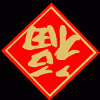










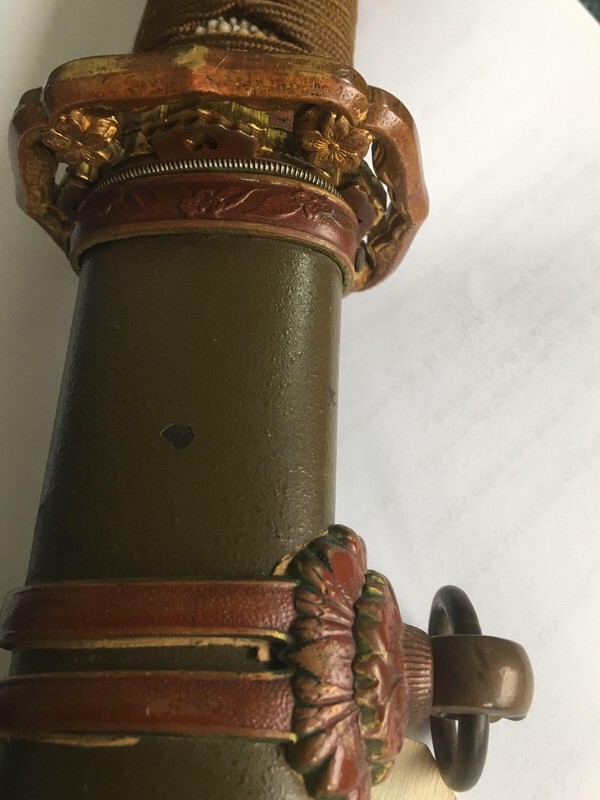






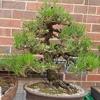

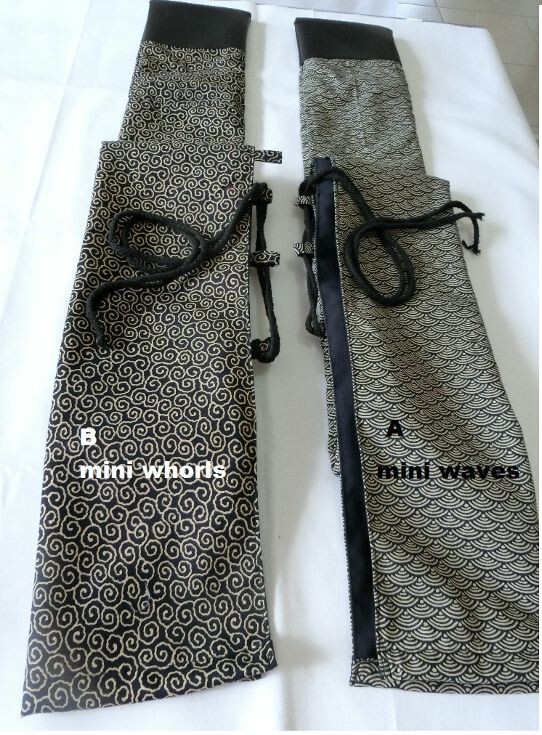


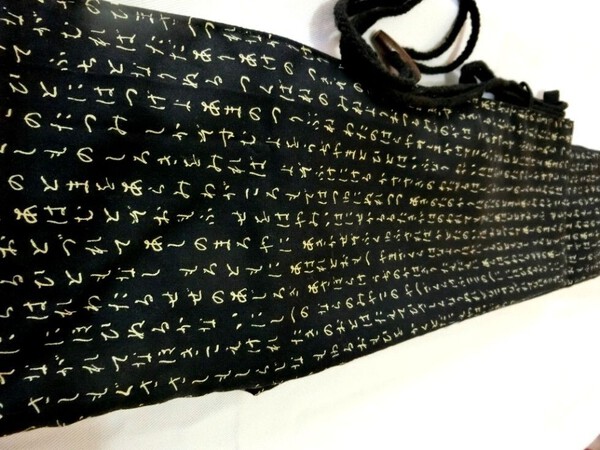
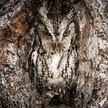




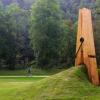











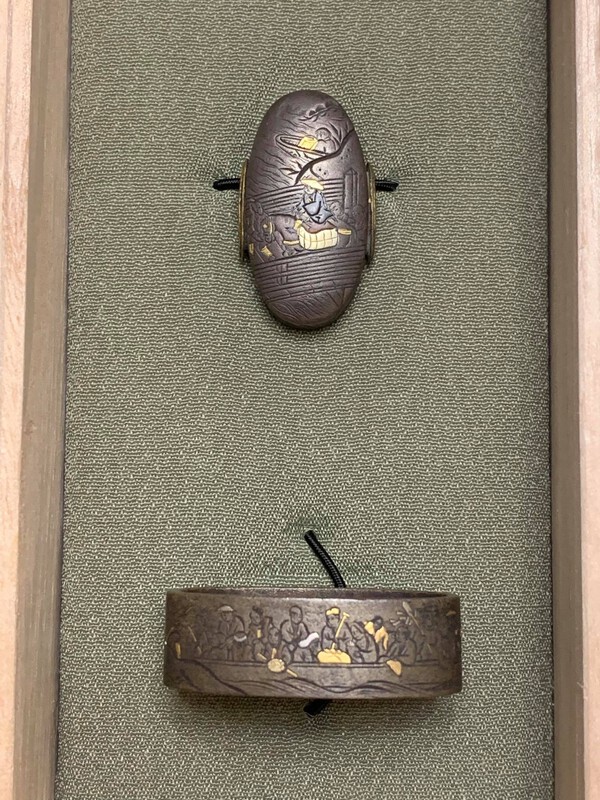
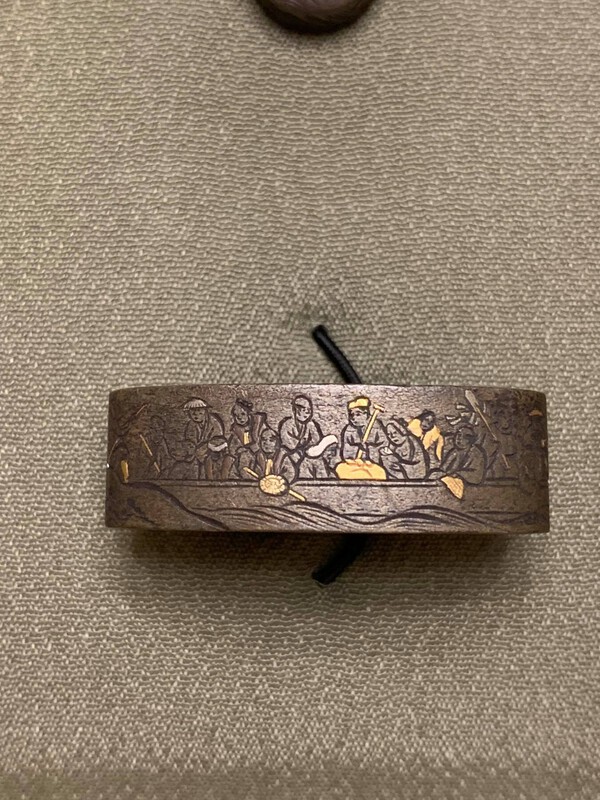


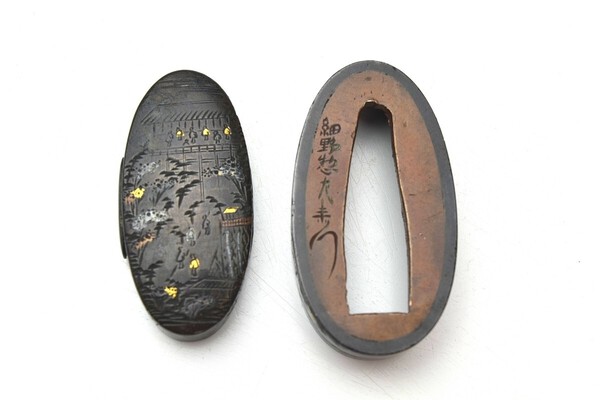










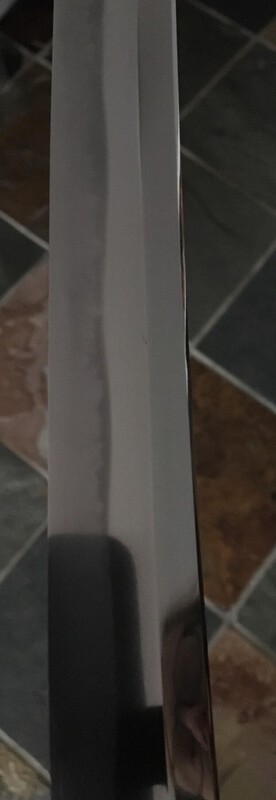






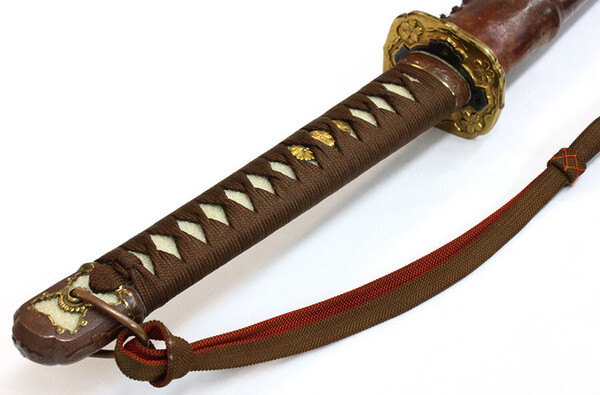













.thumb.jpg.e1807d5fcabe3dd819b7dabd0fb2a51e.jpg)

.thumb.jpg.bf493cfee7816a0724452be6145d2633.jpg)






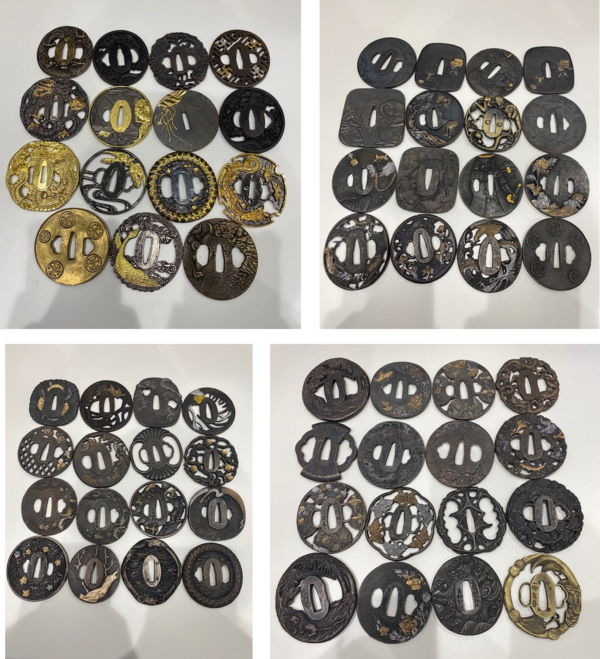






.thumb.jpg.f1fcd092e91ca701d5fd71d8eef6c4d0.jpg)
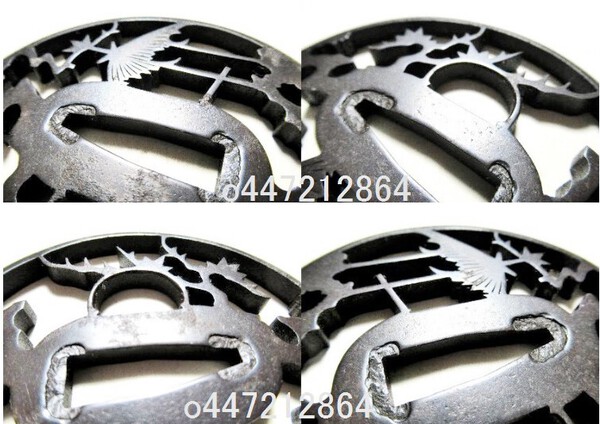

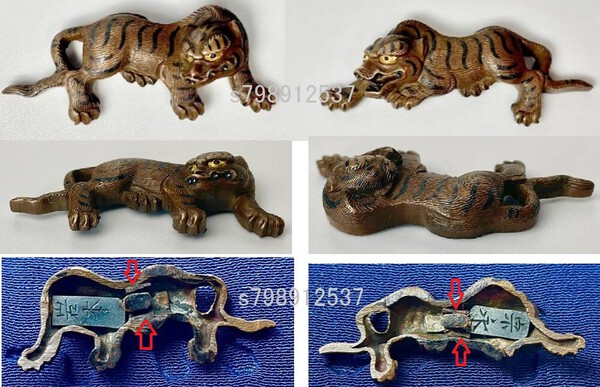


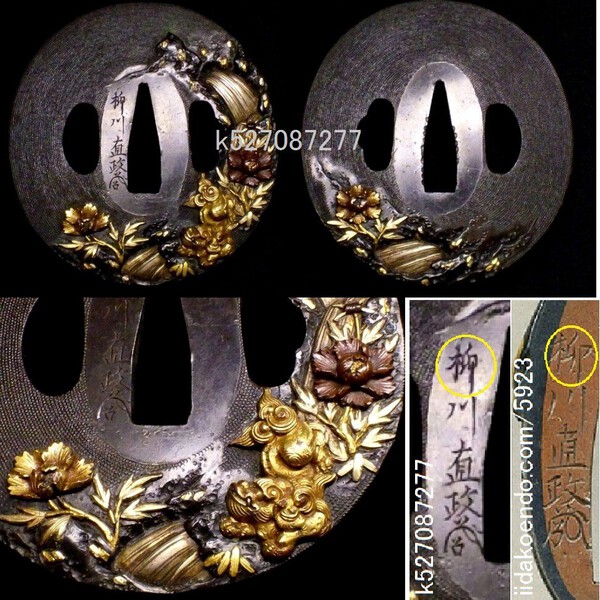
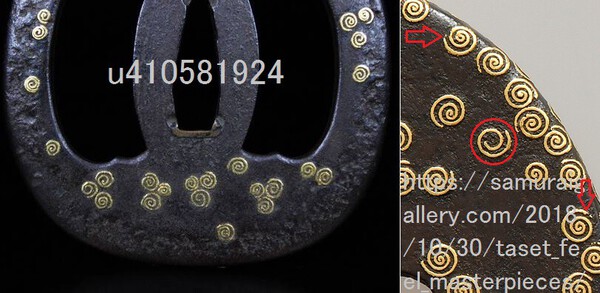

b.thumb.jpg.1d5e1597a18d4a30b98651a4b5d3ff00.jpg)

.thumb.jpg.5c7f3d423a3919b9c1db3163688bc5a4.jpg)
.thumb.jpg.cc50299e5bae3a4b4a0220f2dd5fada1.jpg)
